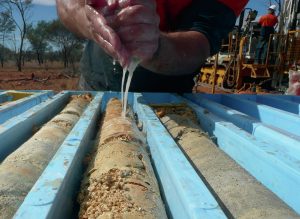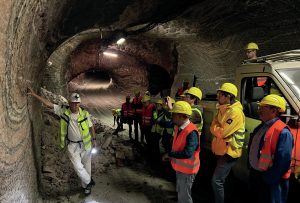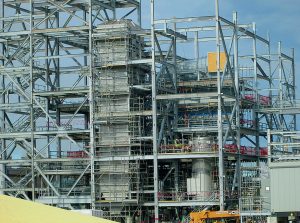
CRU Phosphates welcomes you to Istanbul!
CRU Events will convene the 2023 Phosphates International Conference & Exhibition in Istanbul at the Hilton Bomonti Hotel, 27 February to 1 March.

CRU Events will convene the 2023 Phosphates International Conference & Exhibition in Istanbul at the Hilton Bomonti Hotel, 27 February to 1 March.

Market Insight courtesy of Argus Media. Urea: The market remained weak at the start of the year with urea prices falling as producers fought for liquidity. Egyptian product fell by $40/t to $495/t f.o.b. in a matter of days, while f.o.b. prices in the Middle East and southeast Asia similarly fell to around $440/t. Urea prices in many end-user markets also slumped: US prices fell over the course of the first week of January by $30/t, Brazil by $15/t and many European markets by around $20/t.

Fertilizer International presents a global round-up of phosphate rock, phosphoric acid and finished phosphates projects.

The global potash market has endured a tumultuous 18 months, says Andy Hemphill, senior editor for potash and sulphuric acid at ICIS Fertilizers. Export sanctions, high offer prices and buyer unrest persist as we enter 2023.

Fertilizer plant owners are installing highly efficient and reliable scrubbing equipment to satisfy increasingly strict emissions regulations globally. We highlight recent advances in scrubbing performance and technology.

Market Insight courtesy of Argus Media

The ERCOSPLAN Group of Companies held an international potash symposium on 6-8 October 2022 at the Messe Erfurt Congress Centre in Erfurt, the capital of the German state of Thuringia. The overall theme of this year’s event was: the exploration, extraction and processing of mineral salts – as well as the creation and use of underground cavities in the saline host rock.

Small, soft fruits such as blueberries, raspberries and strawberries thrive on fertile, well-drained soils rich in organic matter. Their nutrient needs can vary widely according to yield expectations and soil characteristics.

CRU Events will host the 2023 Fertilizer Latino Americano conference at the Sheraton Grand Rio Hotel & Resort, Rio de Janeiro, 29 January to 1 February.

Fertilizer International presents a global round-up of current potash projects.